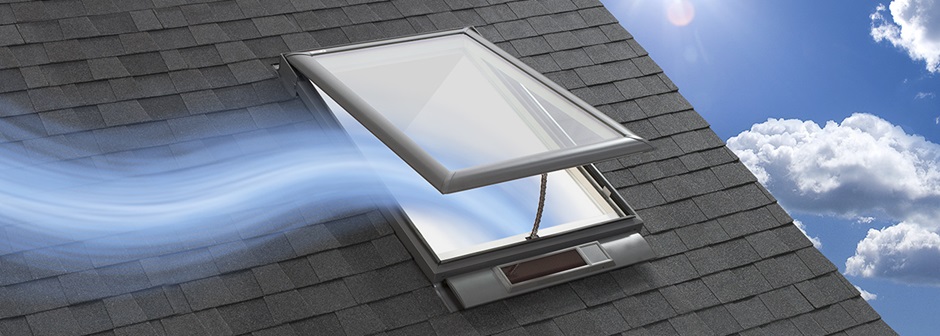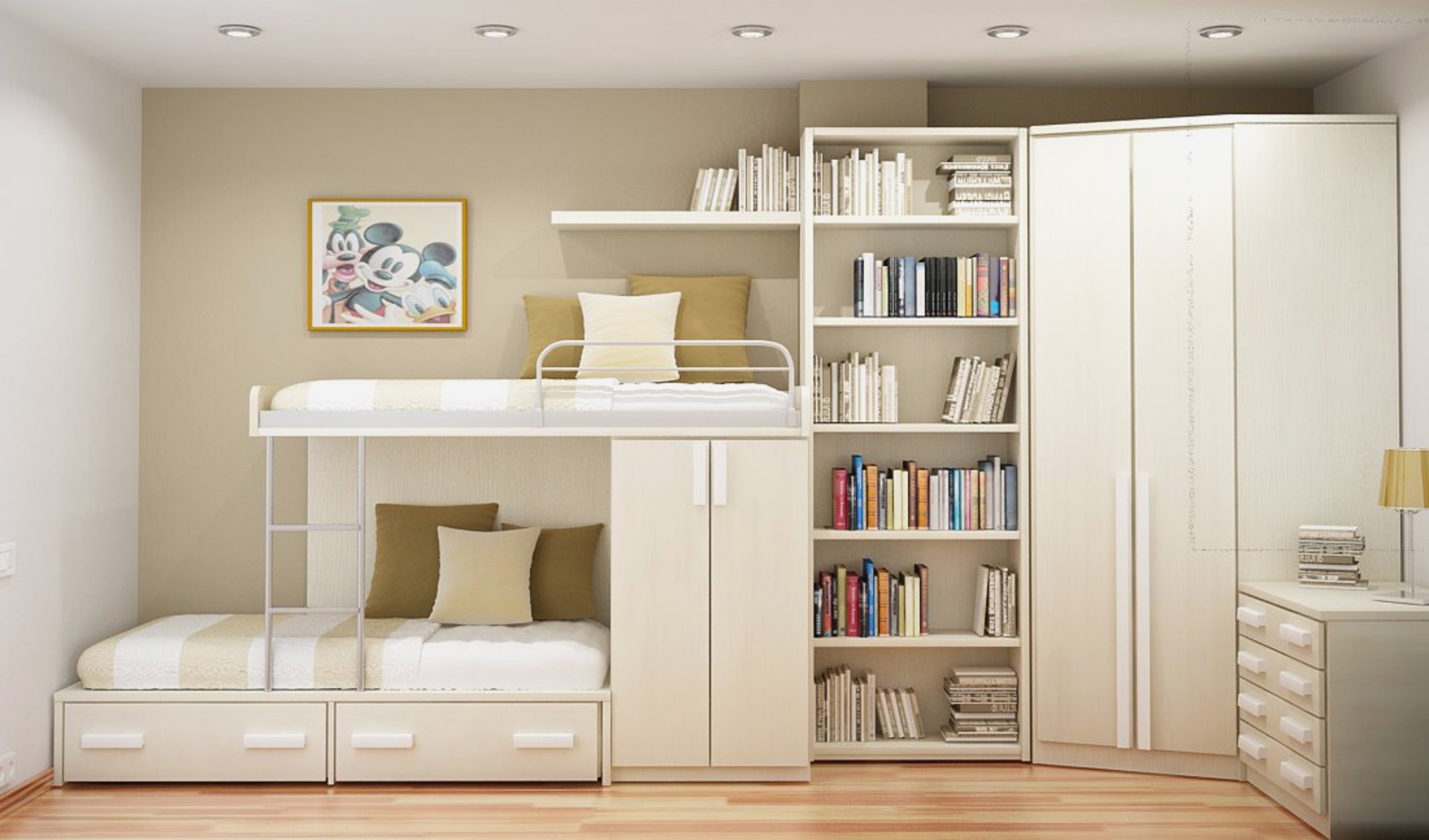
The skylight is a great avenue to bring some much-needed natural light into your home. It can make any room feel larger and brighter while adding style and value to your property. Such a feature can boost your mood and well-being daily, which can, in turn, improve your overall productivity.
But did you know that there isn’t just one type of skylight? In fact, several types of lenses are available for skylights depending on the amount of light and insulation you require. In addition, you can pair this up with coatings and specific designs that will suit your need and taste cozily — read on for more!
#1. Acrylic
These are the most common plastic polymer lenses used in skylights due to their affordability, lightweight construction, and excellent insulating properties. The acrylic lens is commonly made up of a robust synthetic polymer that is relatively resistant to impact. They are also translucent and can diffuse light throughout the room softly and evenly.
#2. Polycarbonate Lenses
These lenses are similar to acrylic but have a much higher resistance to impact, making them an ideal choice for regions with extreme weather conditions or areas prone to vandalism. Such skylight lenses usually consist of two or three layers of polycarbonate sheets, increasing their strength and durability.
#3. Tempered Glass
These skylight lenses are also among the customer’s budget-wise choices regarding the said function. It is more durable and shock-proof than traditional glass but has its share of downsides. It can be heavy and break into tiny pieces when push comes to shove.
#4. Laminated Glass
This lens type consists of materials such as polyvinyl butyral and ethylene-vinyl acetate, which are sandwiched between two pieces of hard glass. This construction helps to increase the strength and resilience of the lens, but it also reduces the level of light that enters the room.
Additionally, due to the material possessing anti-breakage and leakage properties, this is a recommended option by local regulations and even professional installers. This is only to ensure that you get the most out of the benefits you can receive with having skylights.
#5. Impact Glass
The impact glass consists of two pieces of tempered glass that are held together by a plastic interlayer. This design helps reduce the impact and intensity of any hail or debris on the skylight, making it more durable than other lens materials. This type of lens is primarily used in areas prone to violent weather patterns, such as hail storms and hurricanes.
#6. Laminated-over-tempered
Want to really go to the extreme and possess unparalleled resiliency while preserving clarity and function? Well, then, this is your ideal skylight lens. It consists of hybrid layers of tempered glass, and polyvinyl butyrate or ethylene-vinyl acetate fused together in one unit.
The combination gives it its superior strength — a particularly great resistance for areas with extreme weather conditions. And, due to its high degree of light transmission and insulation properties, this lens can make your skylight stand out as a feature in any room.
Coatings that Skylight Lenses may go with
#1. Tinting

You can also add an extra layer of tint to your skylight lenses. This will give it a different hue and help reduce the amount of light that enters the room. Tinted lenses are great for those who want to create an ambient atmosphere in their space without compromising on natural lighting.
#2. Low-emissivity coating
These coatings are designed to deflect heat from entering the skylight, which helps regulate the temperature in the room and reduce your energy costs. Low-emissivity (low-E) coatings reflect up to 70% of solar energy away from the glass so that it doesn’t absorb too much heat.
Choosing the Right Lenses
With so many different types of skylight lenses, you can easily find one that will suit your needs. To get the best out of these lens materials, it is essential to consult a professional like Mighty Dog Roofing South Easton, MA, and ask questions about the right lens choice for your particular design and location. They can help you decide on the ideal material that looks not only great but also offers maximum protection and functionality.
But to get you started, here are some factors you might want to look into:
- Precipitation – If your location is prone to sudden and violent weather changes, it’s best to use impact-resistant lenses.
- Light intensity – Consider the amount of sunlight you want in your room; that way, you can choose a lens that gives you just the right lighting level.
- Durability – You should also consider how long the lens will last and how much protection it can provide against weather conditions.
- UV handling capability – This is especially important because UV rays can cause fading in carpets and furniture over time.
- Budget – Last but not least, you should also consider your budget for buying and installing the lenses.
The Final Verdict
The sky’s the limit when it comes to skylight lens material choices. Depending on your needs and preferences, there’s always a lens that can get the job done. Just make sure you consult a professional to ensure you pick out the perfect one for your particular situation and to ensure proper installation and maintenance. So, what are you waiting for? Get started and add some style to your skylight today!


